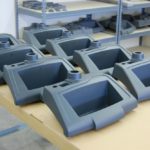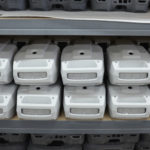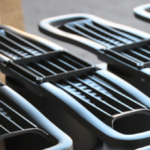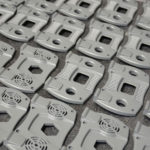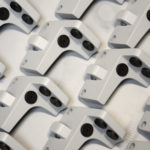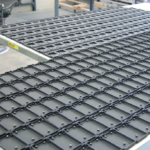3D Printing Services
RTV Tooling & Cast Urethane
LOW TO MEDIUM VOLUME PRODUCTION
Bridge the gap between prototype and production with Huntsville 3D Printing’s Room Temperature Vulcanization (RTV) tooling and cast urethane services.
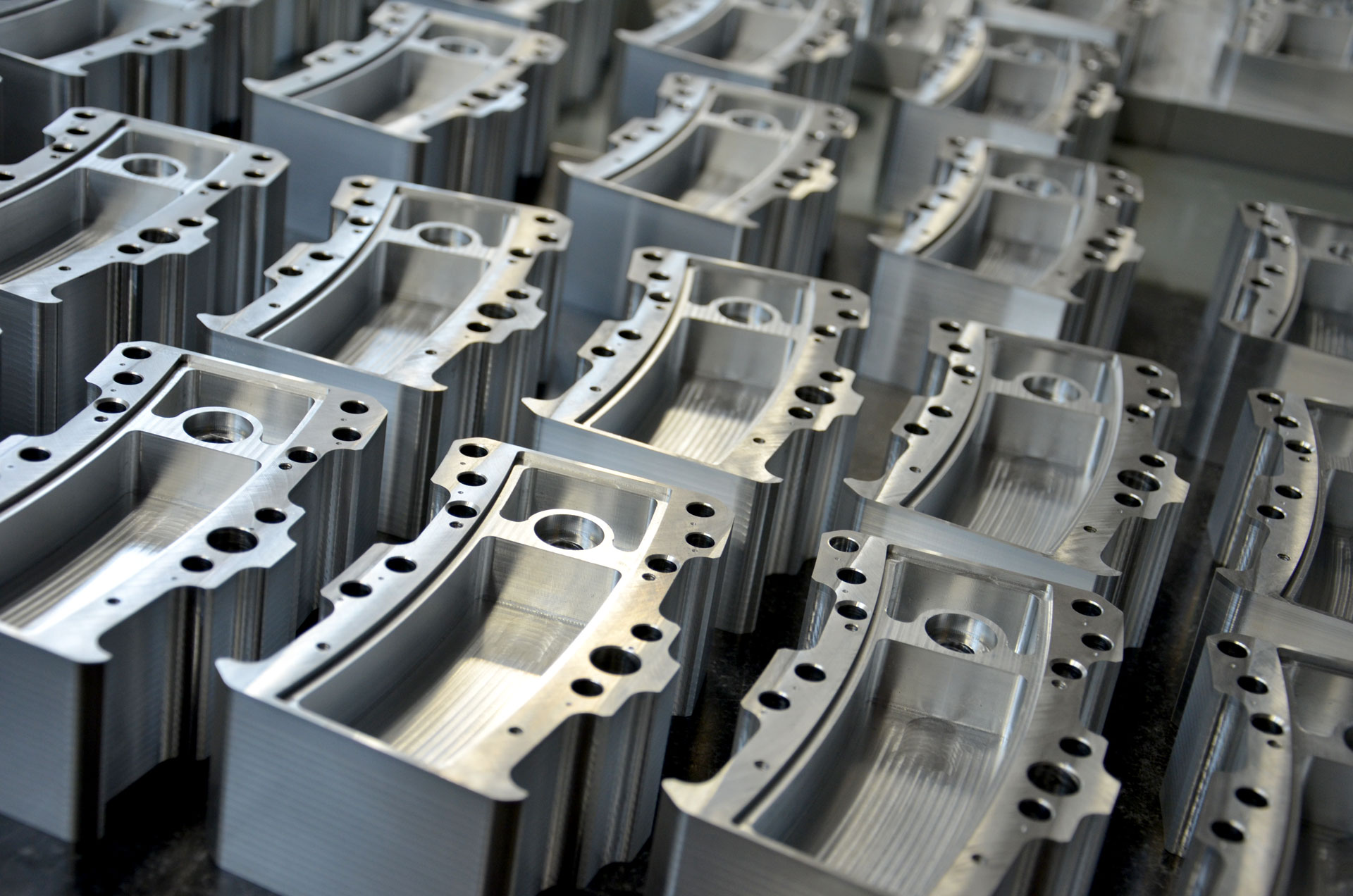
RTV Tooling Benefits
RTV tooling (also known as RTV tooling, silicone tooling, soft tooling, and urethane casting) allows you to replicate fine model details. The process allows you to modify your model, which can be difficult with other forms of tooling, like hard tooling.
Quickly prove your design prior to production.
When urethane casting, our team uses high-grade silicone, allowing for part features, such as: variable wall thickness, no-draft surfaces, and undercuts.
Whether you’re looking to create rigid structural components or flexible over-molds, there is a material to suit every function (strength, flexibility, transparency, porosity) – all at a fraction of the cost of injection molding.
Request A Quote
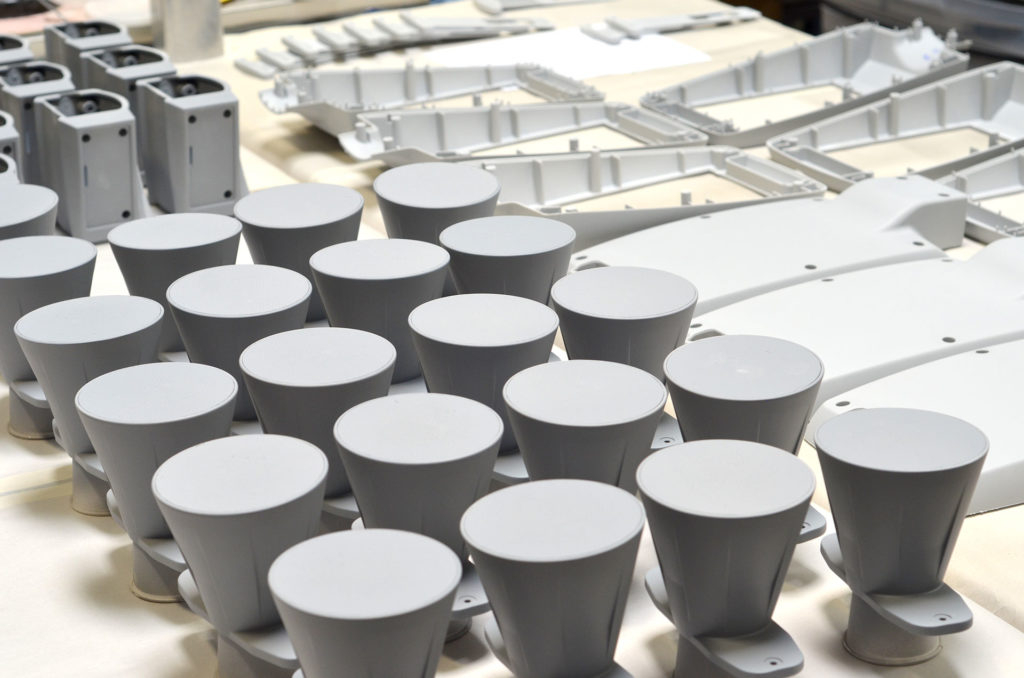
Start Your Project
1. Reach Out To Our Team
Use the above form or upload your 3D model using our secure online file upload form.
2. Confirm Project Specifications
Our team at Huntsville 3D Printing will work with you to make sure your part prints error free.
3. Create Your Mold
Our team will work with you to expedite your time-to-market.
How It Works
During RTV tooling, a liquid silicone rubber is poured around your master pattern. The resulting mold is taken out of the pattern and cured. This new pattern is then used to create your cast urethane parts.
The part can be created from a wide variety of materials, from soft rubber, rigid urethane and epoxy, or flexible foam. The material properties can range from 10 Shore A to 80 Shore D.
Once the part is cast, it can be painted, and then is ready for assembly or as a turnkey housing. To learn more about the process, contact our team today!
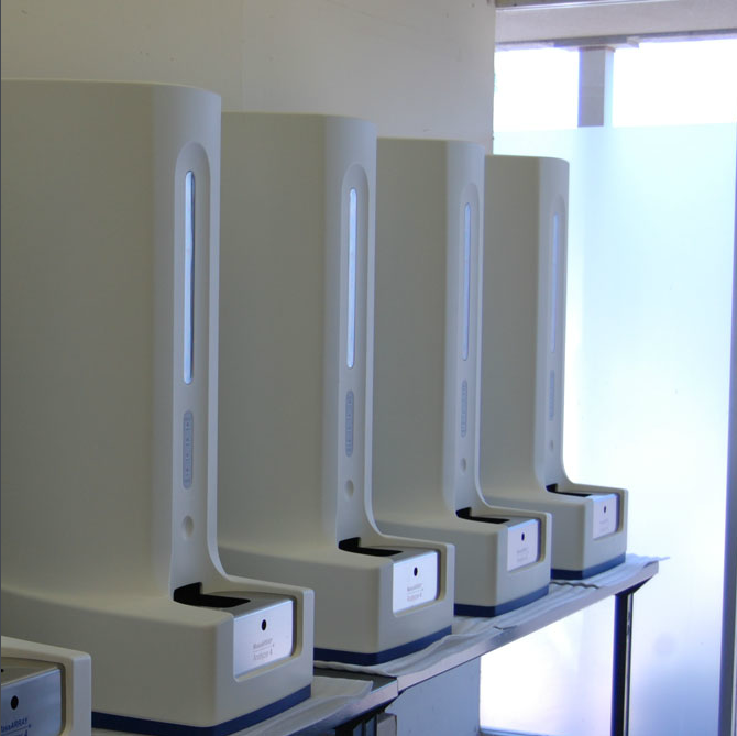
RTV Tooling & Cast Urethane
LOW TO MEDIUM VOLUME PRODUCTION
Bridge the gap between prototype and production with Huntsville 3D Printing’s Room Temperature Vulcanization (RTV) tooling and cast urethane services.

RTV Tooling Benefits
RTV tooling (also known as RTV tooling, silicone tooling, soft tooling, and urethane casting) allows you to replicate fine model details. The process allows you to modify your model, which can be difficult with other forms of tooling, like hard tooling.
Quickly prove your design prior to production.
When urethane casting, our team uses high-grade silicone, allowing for part features, such as: variable wall thickness, no-draft surfaces, and undercuts. Whether you’re looking to create rigid structural components or flexible over-molds, there is a material to suit every function (strength, flexibility, transparency, porosity) – all at a fraction of the cost of injection molding.
Request A Quote

Start Your Project
1. Reach Out To Our Team
Use the above form or upload your 3D model using our secure online file upload form.
2. Confirm Project Specifications
Our team at Huntsville 3D Printing will work with you to make sure your part prints error free.
3. Create Your Mold
Our team will work with you to expedite your time-to-market.
How It Works
During RTV tooling, a liquid silicone rubber is poured around your master pattern. The resulting mold is taken out of the pattern and cured. This new pattern is then used to create your cast urethane parts.
The part can be created from a wide variety of materials, from soft rubber, rigid urethane and epoxy, or flexible foam. The material properties can range from 10 Shore A to 80 Shore D.
Once the part is cast, it can be painted, and then is ready for assembly or as a turnkey housing. To learn more about the process, contact our team today!

RTV Tooling & Cast Urethane
LOW TO MEDIUM VOLUME PRODUCTION
Bridge the gap between prototype and production with Huntsville 3D Printing’s Room Temperature Vulcanization (RTV) tooling and cast urethane services.

Request A Quote
RTV Tooling Benefits
RTV tooling (also known as RTV tooling, silicone tooling, soft tooling, and urethane casting) allows you to replicate fine model details. The process allows you to modify your model, which can be difficult with other forms of tooling, like hard tooling.
Quickly prove your design prior to production.
When urethane casting, our team uses high-grade silicone, allowing for part features, such as: variable wall thickness, no-draft surfaces, and undercuts. Whether you’re looking to create rigid structural components or flexible over-molds, there is a material to suit every function (strength, flexibility, transparency, porosity) – all at a fraction of the cost of injection molding.
Start Your Project
1. Reach Out To Our Team
Use the above form or upload your 3D model using our secure online file upload form.
2. Confirm Project Specifications
Our team at Huntsville 3D Printing will work with you to make sure your part prints error free.
3. Create Your Mold
Our team will work with you to expedite your time-to-market.

How It Works
During RTV tooling, a liquid silicone rubber is poured around your master pattern. The resulting mold is taken out of the pattern and cured. This new pattern is then used to create your cast urethane parts.
The part can be created from a wide variety of materials, from soft rubber, rigid urethane and epoxy, or flexible foam. The material properties can range from 10 Shore A to 80 Shore D.
Once the part is cast, it can be painted, and then is ready for assembly or as a turnkey housing. To learn more about the process, contact our team today!

Start Your Project Today
Design parts quickly and effectively with our rapid prototyping services. Through highly accurate and time-efficient processes, your time-to-market is expedited.

